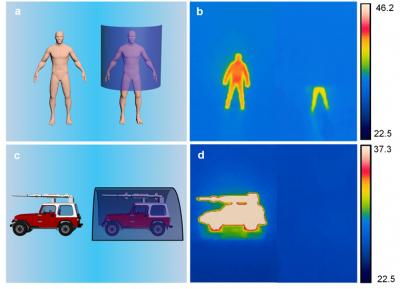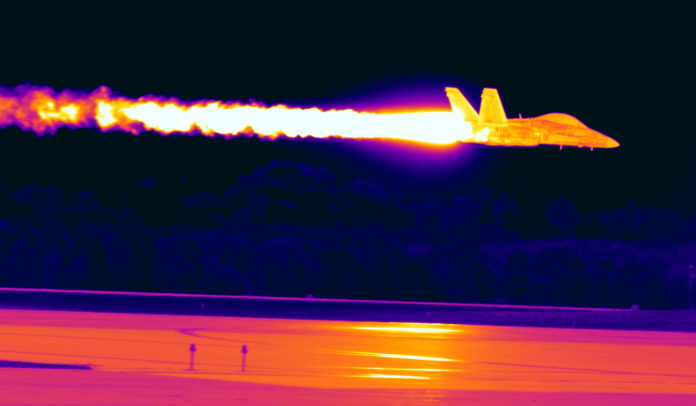Thanks to the development of infrared cameras, drones can quite easily find what they’re looking for even in the darkest of conditions. And while that might be good for a predator seeking its prey, it’s not much use for someone trying to hide. However, the art of shielding from such detectors could be about to get a whole lot easier.
Hongrui Jiang is a professor of electrical and computer engineering at the University of Wisconsin-Madison who is behind the development of this super stealth sheet. Described just recently in the research journal Advanced Engineering Materials this new cloaking material can render people and objects pretty much invisible. While there are thermal blankets and heavy metal armor that does a similar thing, none are as effective or as lightweight as Jiang’s material.
At less than a millimeter thick, the stealth sheet can absorb around 94 percent of the infrared light it detects. Being able to trap this much light means that any warm objects situated underneath the stealth sheet suddenly become much harder to pick up with an infrared detector.

PHOTO BY HONGRUI JIANG
One of the most important features of the stealth material is that it can absorb light that’s in both the mid and long-wavelength infrared range – the same light that’s emitted by anything equivalent to the human body’s temperature. Another very clever aspect of the stealth sheet is that it has electronic heating elements incorporated into it which creates a mask for tracking infrared cameras. “You can intentionally deceive an infrared detector by presenting a false heat signature,” explains Jiang. “It could conceal a tank by presenting what looks like a simple highway guardrail.”
In order to capture the infrared light, the team used a material commonly found in solar cells, called black silicon. Black silicon is made up of millions of microscopic needles called nanowires. When the light comes in it reflects back and forth between the nanowires, bouncing around, unable to escape. While scientists have known for a while that black silicon could absorb light, this is the first time anyone’s seen the potential for trapping infrared light within the material. So although they didn’t reinvent the whole process, they still opened it up to work with much taller nanowires.
More News to Read
- History of Computer Games: Your Essay VS Controversial Prejudice
- AI is Now More Accurate at Diagnosing Skin Cancer than Dermatologists
- What Technologies should you invest in for the Future?
- Researchers Develop Technique that can Remotely Operate Lab-Grown Heart Cells
- Researchers Get Close Up of Bacteria Signaling Using New ‘Movie’ Technique

